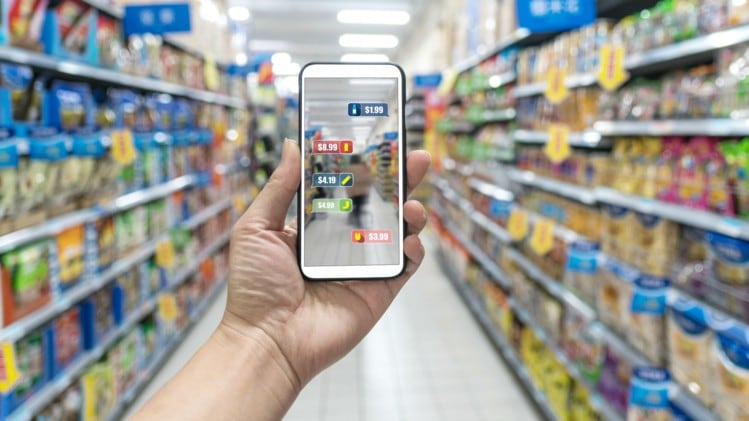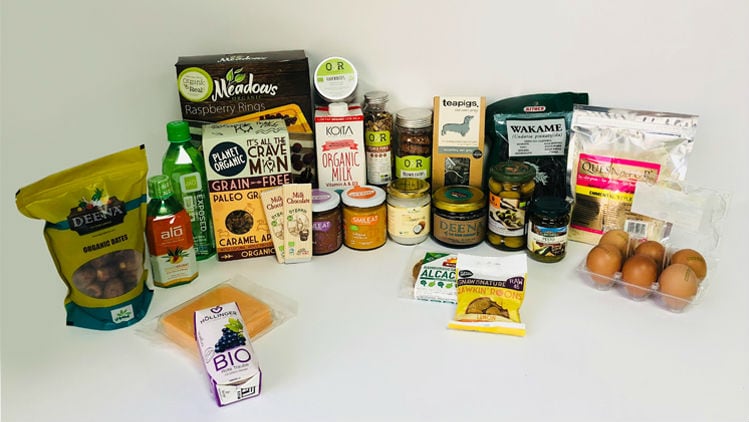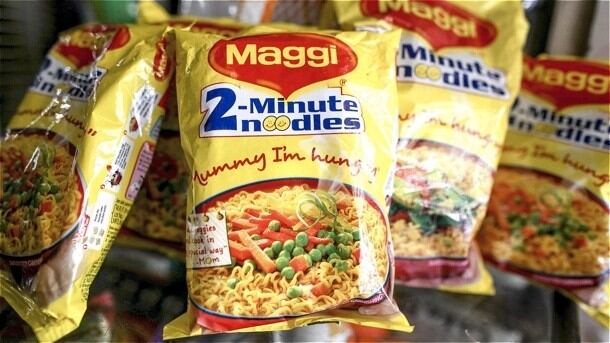Food and non-alcoholic drink spending is predicted to grow by 8.9% yearly on average in the next five years, to reach US$ 125.9bn (PHP 6.7trn) in 2022.
This, in combination with advantageous population demographics and a flourishing e-commerce market is expected boost the growth of the MGR sector.
“With food and non-alcoholic drinks spending reaching over one third, there is a lot of opportunity for e-commerce [sites to flourish] via a grocery offering,” Nainika Singh, Consumer & Retail Analyst, Fitch Solutions told FoodNavigator-Asia.
Numbers from the Philippines Statistics Authority show that the food and non-alcoholic drinks sector took up 41.5% of total household expenditures in the second quarter of 2018.
The convenience factor
The growth of MGR has also been attributed to famously appalling traffic conditions in the Philippines, particularly in the nation’s capital, Manila.
“E-commerce makes Filipinos more efficient, so they cannot lose time to traffic, they can work more and generate more income for the country,” said Inanc Balci, co-founder and previous president and CEO of e-commerce site Lazada Philippines.
Efficiency and convenience both play major roles in the development of e-commerce and MGR, particularly amongst young adults.
“Young adult consumers do not have a lot of time, and demand convenience, hence are willing to pay extra to have groceries delivered to their homes,” Singh added.
Young adult consumers are defined as those aged between 20 to 39 years old. These consumers make up roughly one third of the Philippines population, and will reach 35.9 million in 2022.
Major e-commerce players in the Philippines
Acquired by the Alibaba Group in 2016, Lazada Philippines is generally recognised as the leader of e-commerce in the Philippines, with 67.8 million users monthly
Balci has announced plans to launch a dedicated grocery line, which is expected to hit the market latest by next year.
Shopee Philippines has an estimated 9.85 million monthly users, and was recognized by TechinAsia as the fastest-growing e-commerce platform in the country. Its dedicated online groceries service, Shopee Mart, boasts a range of big food brands, including Nestle, Unilever, and Coca-Cola.
There are also a number of domestic players in the MGR market. These include Filstop and BayanMall, which place the majority of their focus on groceries.
Chinese e-commerce platform JD.com is also looking to enter the Filipino market.
“JD, now we are in Indonesia, we are in Thailand but the reason why I’m here is the message that we trying to enter the Philippines. Just now,” said JD.com Vice-President Jerome Ma at the China-Philippines Dialogue.
MGR market challenges
Despite the positive outlook, Fitch predicts some tough challenges in the road ahead for online MGR.
High inflation rates and low incomes in the Philippines are the primary concerns.
“We do caution that online MGR will face several headwinds of rising inflation and low incomes,” said Singh.
A Fitch report also stated that: “While the tax reform programme contributed to higher price pressures, we believe that the biggest driver of inflation is the strong aggregate demand stemming from rapid credit growth, which is partially a result of the BSP’s previous longstanding accommodative monetary policy stance.”
Inflation in the country surged to a five-year high of 5.7% y-o-y in July.
Apart from this, 84% of Philippine households are predicted to be lower-income in 2018, with household disposable incomes of less than US$ 10,000.
“This would limit growth opportunities for convenience-focused services, like online groceries,” said the report.
“We note that due to low incomes and rising inflation, consumers are likely to prefer shopping at discount grocery stores or informal markets, where prices are lower and purchases can be made in bulk at times.”





